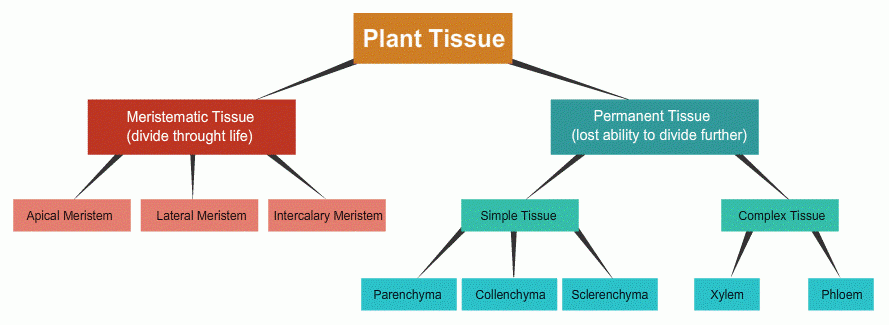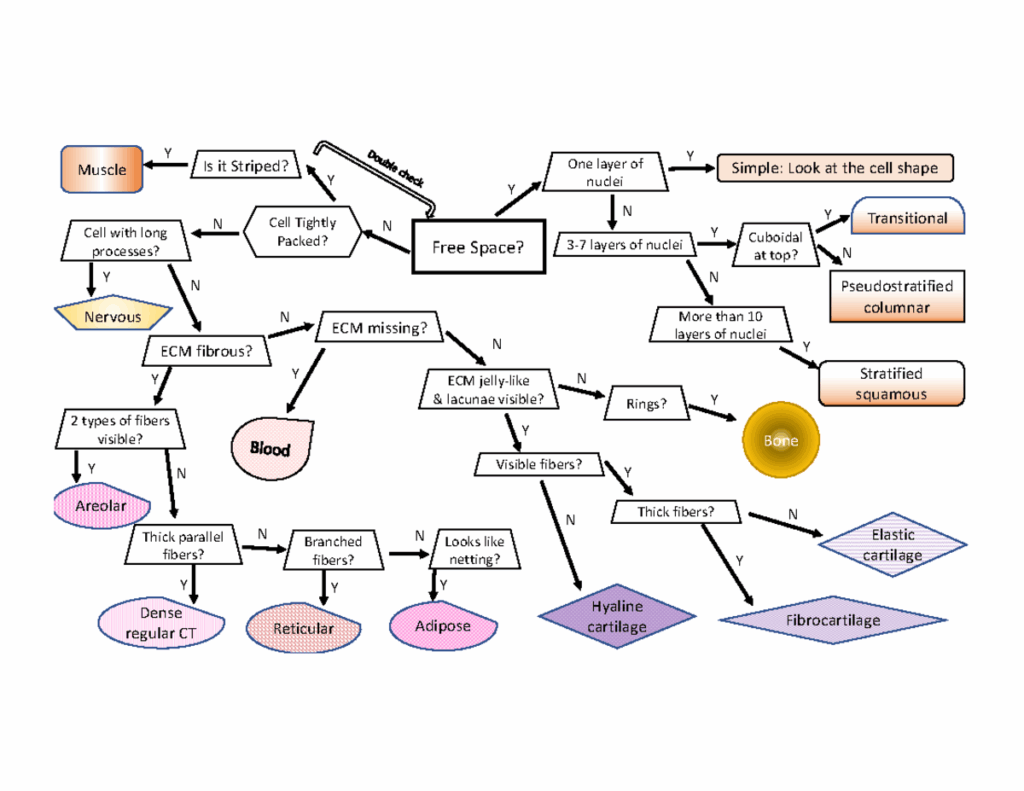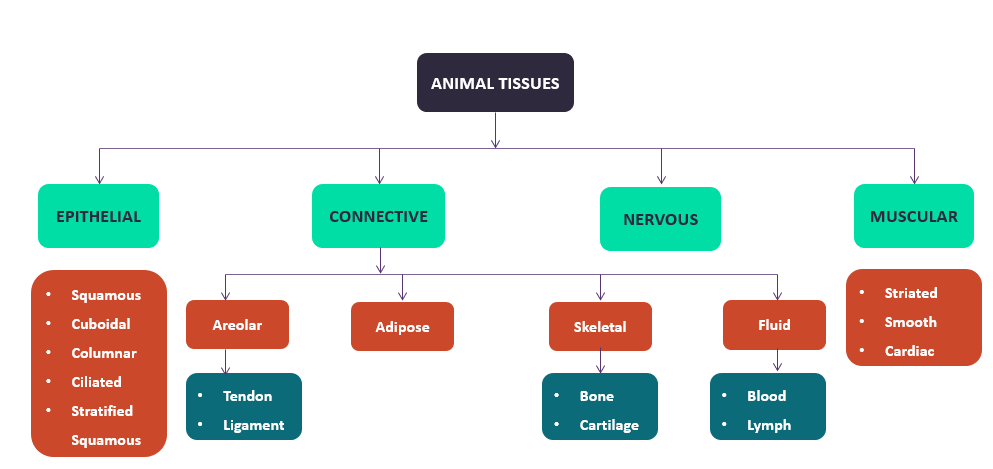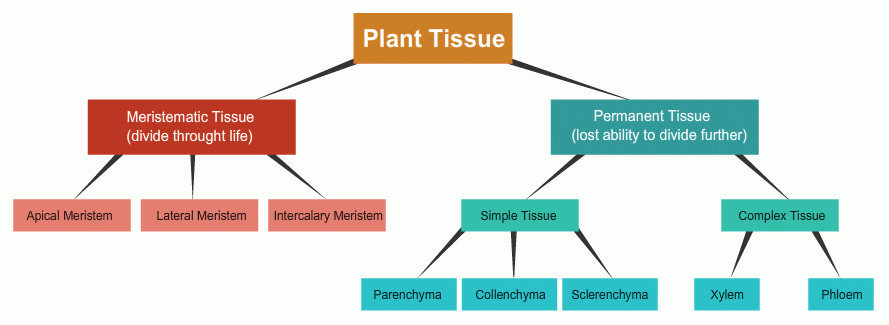Epithelial tissue is one of the four main types of tissues in the human body, along with connective, muscle, and nervous tissues. It covers the body surface, lines body cavities, and forms glands. There are three main types of epithelial tissues: simple, stratified, and pseudostratified. Simple epithelial tissues consist of a single layer of cells, while stratified epithelial tissues have multiple layers. Pseudostratified epithelial tissues appear to be stratified but are actually a single layer of cells. Epithelial tissues can also be classified based on their shape, such as squamous, cuboidal, and columnar.
Connective tissue is responsible for providing support and structure to the body. It is made up of cells and extracellular matrix, which contains fibers and ground substance. There are several types of connective tissues, including loose connective tissue, dense connective tissue, adipose tissue, and cartilage. Loose connective tissue is found throughout the body and provides support and flexibility. Dense connective tissue is composed of tightly packed collagen fibers and is found in tendons and ligaments. Adipose tissue stores energy in the form of fat, while cartilage is a flexible tissue that cushions joints and provides structure to the nose and ears.
Flow Chart Of Types Of Tissues
Muscle Tissue
Muscle tissue is responsible for movement in the body. There are three main types of muscle tissues: skeletal, cardiac, and smooth. Skeletal muscle is attached to bones and is under voluntary control. Cardiac muscle is found in the heart and is responsible for pumping blood throughout the body. Smooth muscle is found in the walls of internal organs and blood vessels and is under involuntary control. Muscle tissues are made up of muscle fibers, which contain proteins that allow them to contract and relax.
Nervous Tissue
Nervous tissue is responsible for transmitting electrical signals throughout the body. It is made up of neurons, which are specialized cells that can transmit signals, and glial cells, which support and protect neurons. Nervous tissue is found in the brain, spinal cord, and nerves. Neurons have dendrites, which receive signals, and axons, which transmit signals. Glial cells provide support to neurons and help maintain the health of the nervous system.
Understanding the different types of tissues in the body is essential for understanding how the body functions and responds to various stimuli. Each type of tissue plays a unique role in the body, and they work together to maintain homeostasis and ensure the body’s overall health and wellbeing.
Download Flow Chart Of Types Of Tissues
Types Of Tissue Chart Flowchart Showing Different Types Of Tissues
Tissues Flow Chart students Cell Tightly Packed Y N Y N Is It
Draw A Flow Chart On Types Of Animal Tissue Tutorix
A Flow Chart On Plant Tissues Urgent Plz Fast Science Tissues




